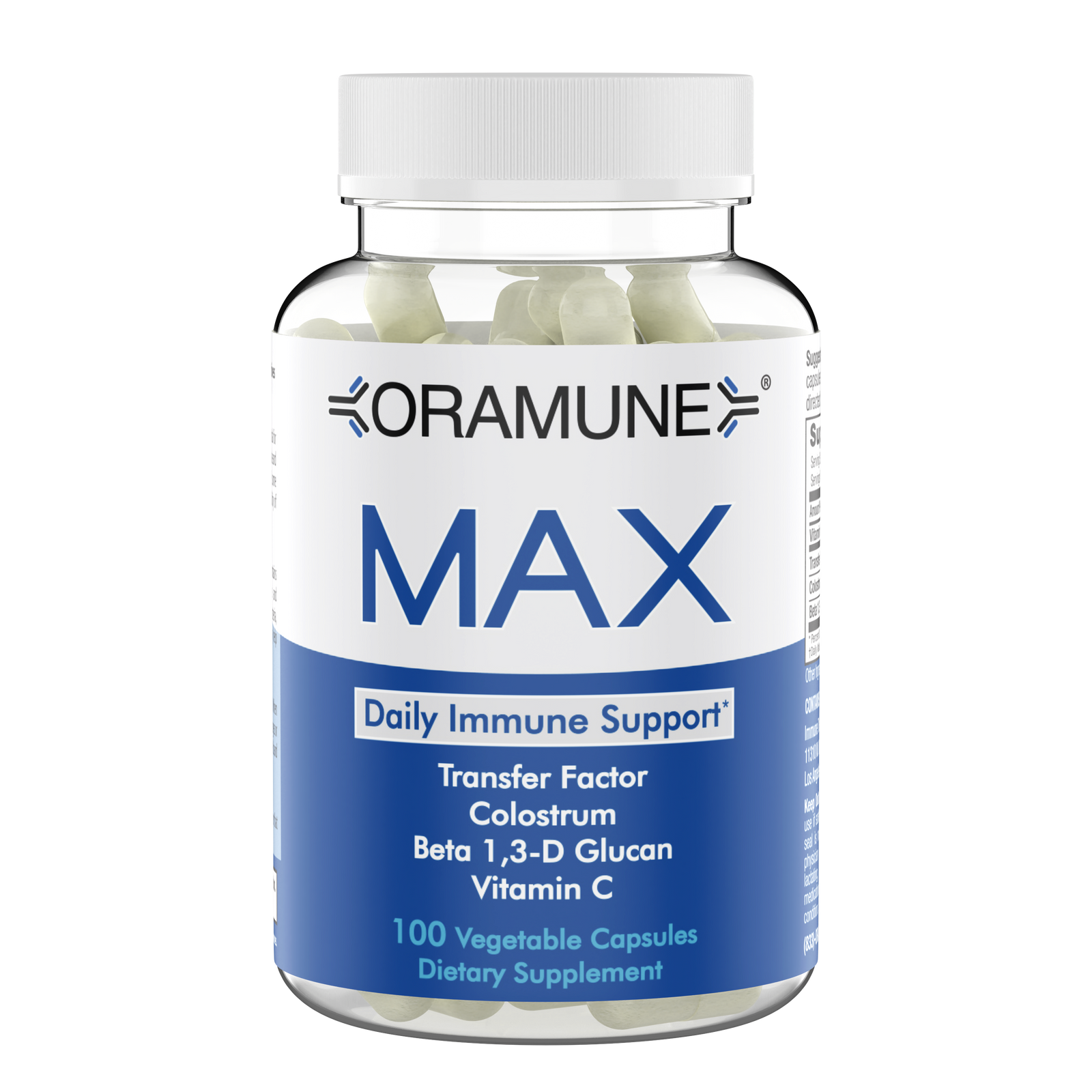Transfer Factor (TF) was originally described by Dr. HS Lawrence in 1955. Today, TF is often known as “dialysable leukocyte extracts” or DLE.
Early Studies of Transfer Factor
The earliest studies on TF indicated that TF could produce benefits in patients with infectious diseases including chronic mucocutaneous candidiasis, chronic coccidioidomycosis and progressive primary tuberculosis and in children with immunodeficiency.
It was relatively easy to find donors who had immune memory for responses to infectious agents—but when it came to cancer, the early studies ran into problems—primarily finding individuals genetically close enough to patients who could donate TF with properties that allowed the TF to function against the recipient’s tumor. Another issue during the 1980’s was the concern over the transmission of the virus responsible for HIV.
More Recent Studies of Transfer Factor
The technical problems took several years to solve, but purification methods and other approaches ensured that TF could be studied in the expectation that it could provide benefit to cancer patients. Several different studies indicated that TF could reduce the size of tumors, increase survival rates, and increase the immune response to a variety of tumors including prostate, bone, lung and brain cancer. As one review put it “To conclude, Transfer Factor is an immune enhancing molecule produced naturally by our immune system aiding immunological memory of recipient.”
Current Research
Continuing research in TF has led to conclusions that TF may be of clinical benefit in the treatment of various cancers, infectious diseases, allergies, in fungal and parasitic diseases and in veterinary medicine. Studies on animals has also provided evidence that TF may be useful in the prevention of many diseases including cancer, immune deficiency disorders, autoimmune disease, infectious and parasitic diseases.
How Does TF Work?
We always like to know how things work, don’t we? The same is true for scientists.
Recent studies have indicated that TF may act in several different ways to slow down tumor growth and help fight off infections.
First, TF induces the production of pro-inflammatory cytokines. How is that important? Because these cytokines—small molecules that serve as cell-to-cell messengers—increase the amount of local inflammation. That inflammatory environment is the main function of the immune system and is vital to kill off or decrease the number of tumor cells or of infected cells. These pro-inflammatory cytokines include interleukins 10 and 12 (IL-10, IL-12). It also includes Tumor Necrosis Factor-α (TNF-α). TNF-α causes necrosis (premature cell death) in tumor cells.
Second, TF activates members of a family of receptors that play a critical role in innate immunity, the Toll-like receptors (TLRs). You may remember that innate immunity is the most ancient arm of the immune system—every multicellular organism has some form of innate immunity. The TLRs are receptors found on the surface of immune cells and function as a switch to turn on the immune system. Think of receptors like TLRs as the lock of a door. Certain molecules on the surface of microbes and tumor cells act as keys to that lock. In the case of TF, binding to the TLR unlocks the door and allows the immune system to react and begin to kill off tumor cells and cells infected with bacteria, viruses, fungi and other parasites.
A third mechanism—there may be more yet to discover—is that TF helps induce a group of regulatory T cells known as helper cells known as TH-1 that are involved in the activation of immune cells. These T-helper cells start a cascade of events that end up with other T cells killing off tumor cells or infected cells and can stimulate the production of antibodies that can help clear out tumor cells or infected cells and can also stimulate those immune cells that literally eat up tumors and infections. (FYI—those cells are known as macrophages—macro means large and phage comes from the Greek word “phagein” that means “eat”.)
How Safe is Transfer Factor
TF has been used in clinical settings around the world and has been shown to have very few adverse reactions—and those adverse reactions have been mostly non-serious and included headache, rash, a runny nose, cough and fatigue. These reactions also tended to be short-term.






